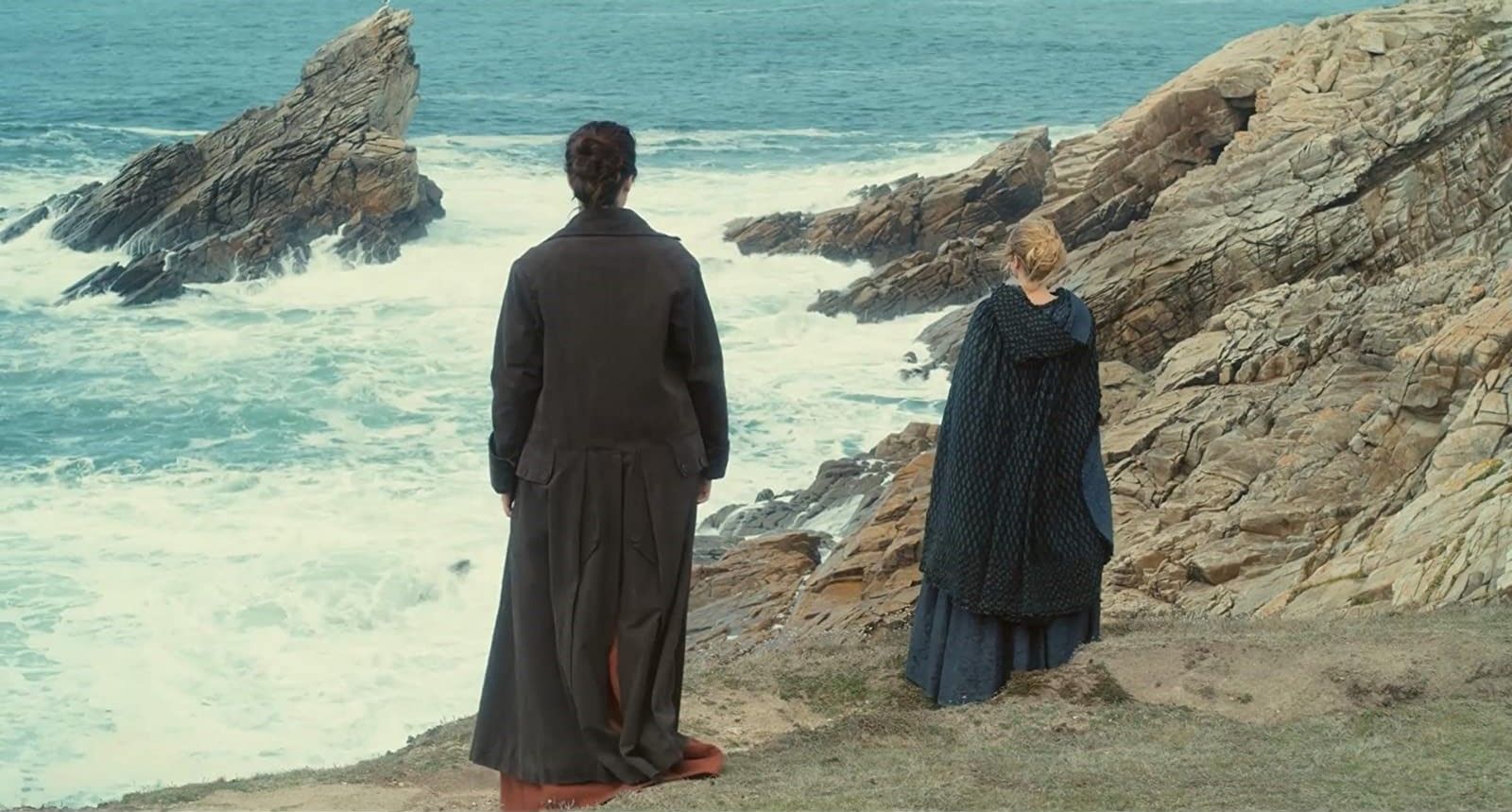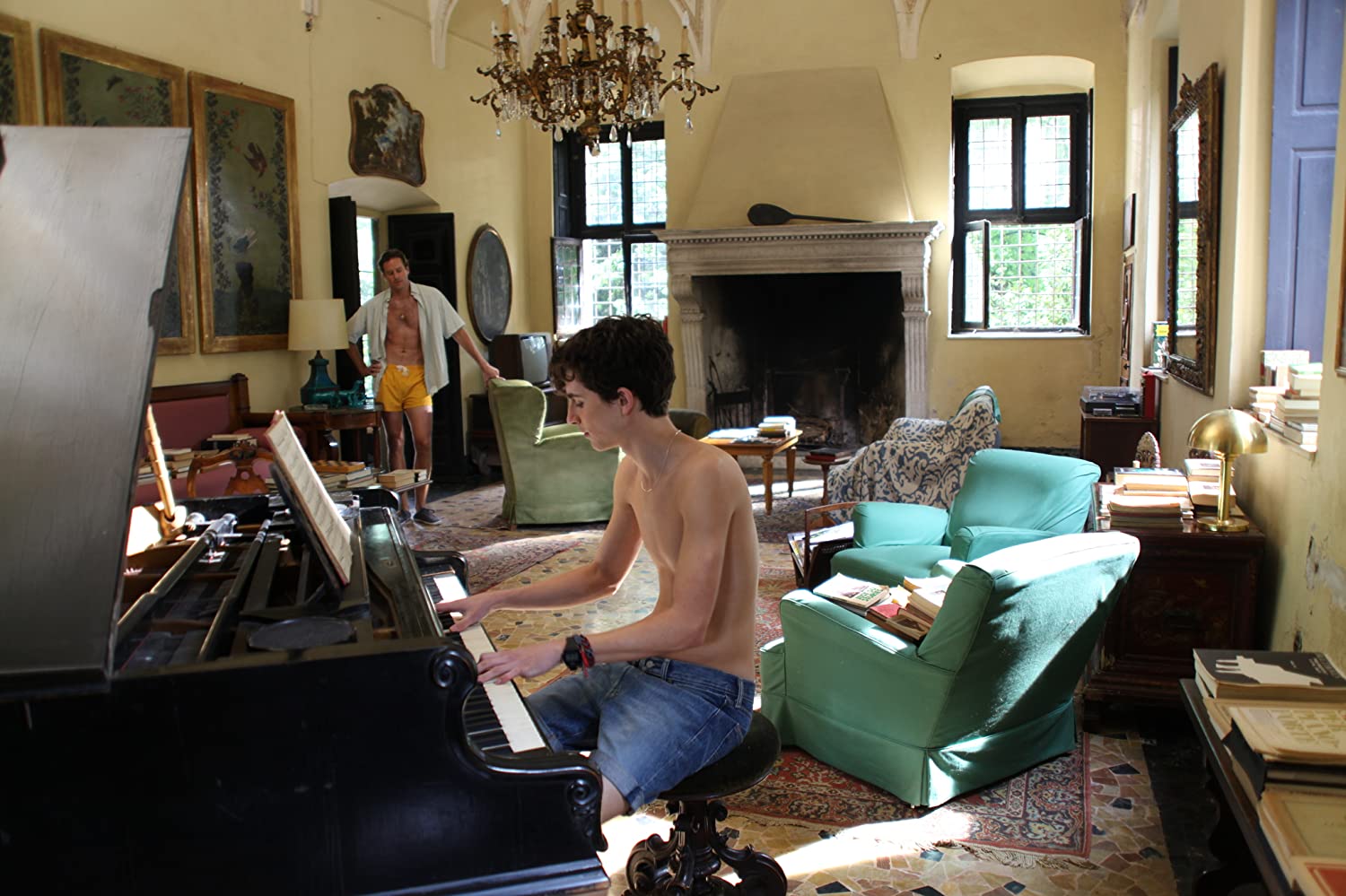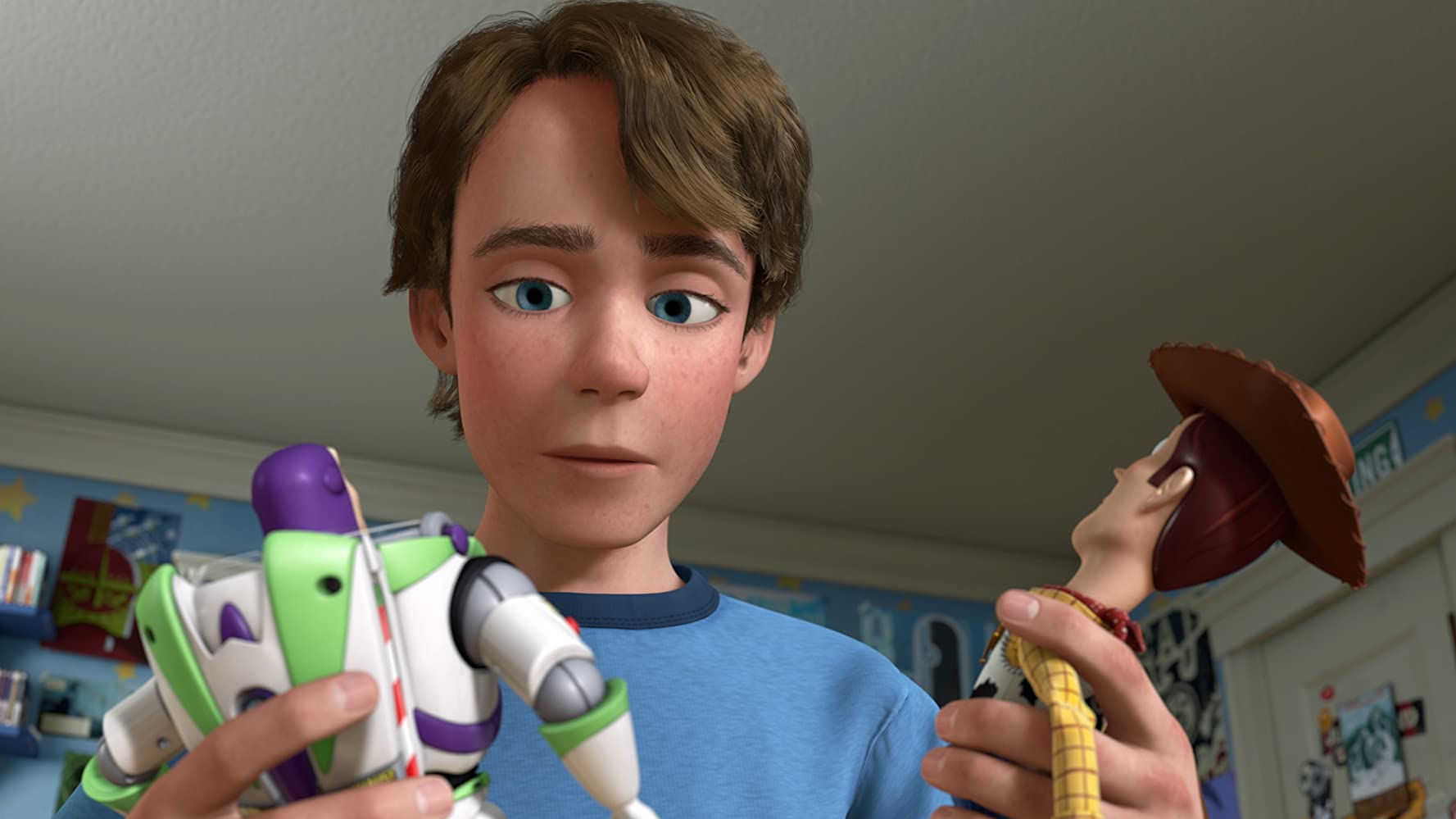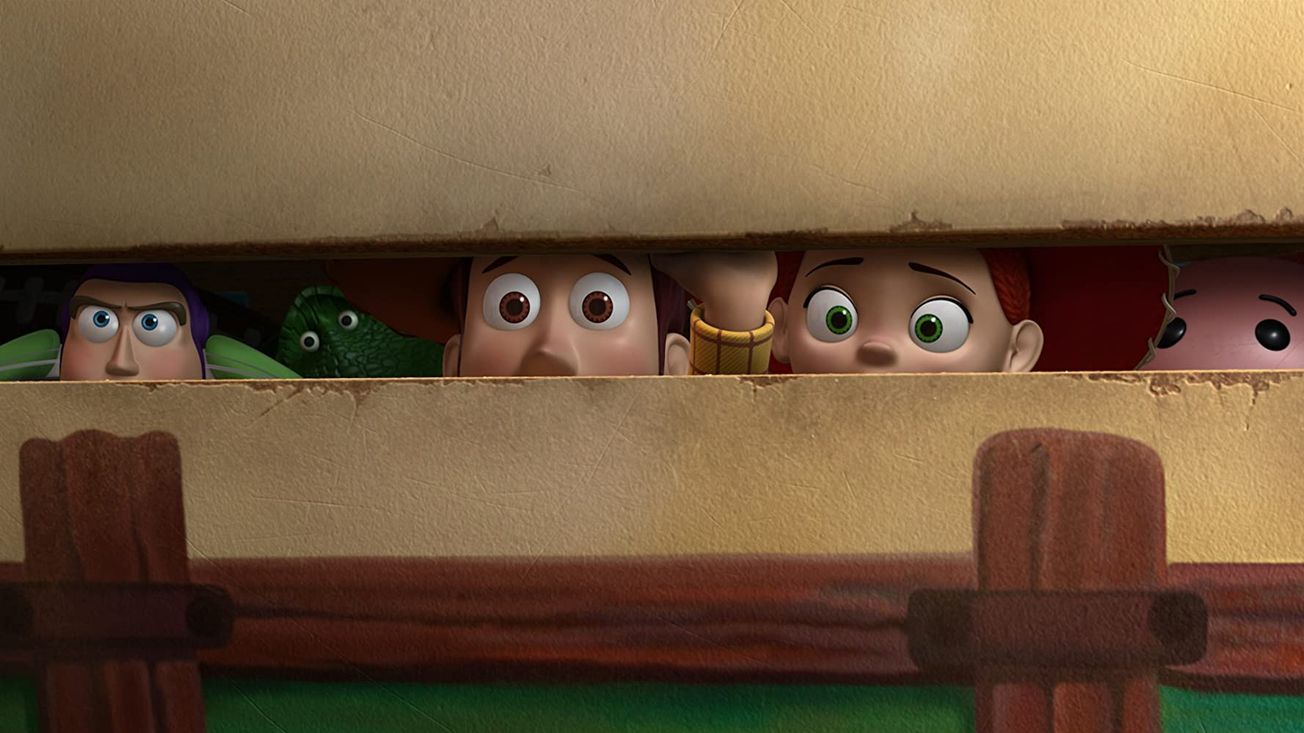By Epigram Film & TV Editorial Team 2019/20
As all good things must come to an end, so must our time as Film & TV's Editorial team. With this change marching on, and the academic year coming to an end with a whisper, not a bang: we are reminiscing on some of film and television's saddest goodbyes and season closes.
Blackadder Goes Forth ‘Goodbyeee’ (1989)
By Leah Martindale, Film & TV Editor 2019/20

There is something especially touching when comedies get sad. The higher you are lifted, after all, the further you must fall. Over four seasons Blackadder became renowned for its classically British, bizarre, sarcastic stylings, kickstarting the careers of Mr Bean (1990-95) Rowan Atkinson and Jeeves and Wooster (1990-93) forerunners Hugh Laurie and Stephen Fry.
Over seven years, the familiar characters of Edmund, Baldrick, Percy, and George became synonymous with British ridiculousness and the endurance of the British spirit. It is for this reason particularly that the ending of the show, with the ‘Big Push’ over into No Man’s Land, is particularly painful. No cunning plan, no turn of phrase, no Charlie Chaplin costumed scheme could halt the inevitable.
| International Women's Day Editor's Picks
The dramatic irony is tangible as Captain Darling celebrates: ‘Thank God. We lived through it. The Great War, 1914 to 1917.’ We must know, watching a wartime comedy, how it would end. And yet, we didn’t. Victims of comedic misdirection, and guilty of historical misremembering, we are forced to face the facts: that comedic endurance is no match to the march of time. And what, really, could be sadder?
Portrait Of A Lady On Fire (2020)
By Louie Bell, Deputy Film & TV Editor 2019/20, News Investigations Editor 2020/21

Art and love collide in Céline Sciamma’s masterful tale of a short romance between Héloïse, an aristocrat and Marianne, the painter commissioned to produce a portrait for her older future husband. Like the flames in the titular portrait, the romance burns briefly and brightly, allowing them to just scratch the surface of what could’ve been.
Winner of the Queer Palm at last years Cannes Film Festival, historically the only win for a female director, the film finds beauty not so much in the portrait itself, but in the gaze used to produce it. The half-smiles, the unprovoked laughter, the complete absence of the male gaze make this relationship completely authentic and utterly romantic.
No cunning plan, no turn of phrase, no Charlie Chaplin costumed scheme could halt the inevitable
And then it ends. The heavy dose of fate that we all know is heading our way reflects our heartbreak in theirs, as we watch the last time the lovers ever encounter one another, albeit at an insurmountable distance apart. A single shot, pushing slowly in as Vivaldi soares, providing the racing heartbeat of the moment as Héloïse remembers her past romance, tears flowing down her cheeks. A flicker of a smile through all her pain only serves to break our hearts all over again.
Call Me By Your Name (2018)
By Siavash Minoukadeh, Entertainment Subeditor 2019/20

Summer never seems to end in Call Me By Your Name’s Northern Italy but finally, in the very last moments, once the last peach has been *ahem* eaten, the fireplace roars into life for winter. Enter Elio (Timothée Chalamet) ready for Christmas: Perlman-style, with the 80s pastel polos replaced by - an admittedly equally 80s - patterned shirt.
Christmas comes early for everyone’s favourite precocious teenager, with a transatlantic phone call from grown-up frat-boy Oliver (Armie Hammer). Even over the crackly line, the passion - dare I say lust - oozes out. That is until Oliver breaks the news. Heartbroken? Elio sure is but so are we all. We don’t need to see Elio get upset when, with so much invested in this couple, we’re already feeling what he’s feeling.
| Fleabag’s finale is the perfect example of how TV endings should work
Emotionally drained, there is nothing Elio can do other than just feel. Huddled by the fire, the credits roll over his tears, without any words to distract us. This is heartbreak depicted at its most raw, pure emotion. If you’re not already feeling like curling up in bed and never getting out again, then Sufjan Stevens’ ‘Visions of Gideon’ playing over the scene should get you there. It’s not a happy ending, but then again, many aren’t.
Toy Story 3 (2010)
By Daisy Game, Entertainment Subeditor 2019/20, Travel Editor 2020/21

New Year’s Resolution number fifty-six: this year, the ending of Toy Story 3 will not make me cry. When Andy gets out of his car, cardboard box full of pals in tow, I will say – out loud, for the record – ‘not THIS time Pixar: toy-cowboy themed meltdowns are a thing of the past!’. Flash forward to the annual Toy Story screening, and I’m watching Andy plonk himself down on the grass: fishing out the gang one by one, making Bonnie PROMISE she’ll take good care of them – and the resolution is going well.
It’s not a happy ending, but then again, many aren’t
I’m fine! Then I spot stowaway Woody - no, really, still fine! - and watch as Andy tenderly picks him up - a bit less fine now - and proceeds to offer his childhood-JOY-of-a-gift to the waiting Bon: and resolution number fifty-six is not looking good. Yet, even as college-boy-to-be Andy turns down that poplar lined, golden glow of a suburban street - I’m thinking: I might survive this after all.
The plaster has been ripped, and sure, it hurt – but I’m going to make it. Surpriiiiise! Those Pixar geniuses know how to get us whilst we’re down. A short, sweet - ‘so long, Partner’, bolstered with a surge of weepy, strings-y soundtrack: and I am one hundred percent no longer fine. Now please - go and get your toys out of the attic, and apologise for what you’ve done.
Featured: IMDb / Pixar Animation Studios
Which is sadder: these onscreen endings, or our Editors moving on?









